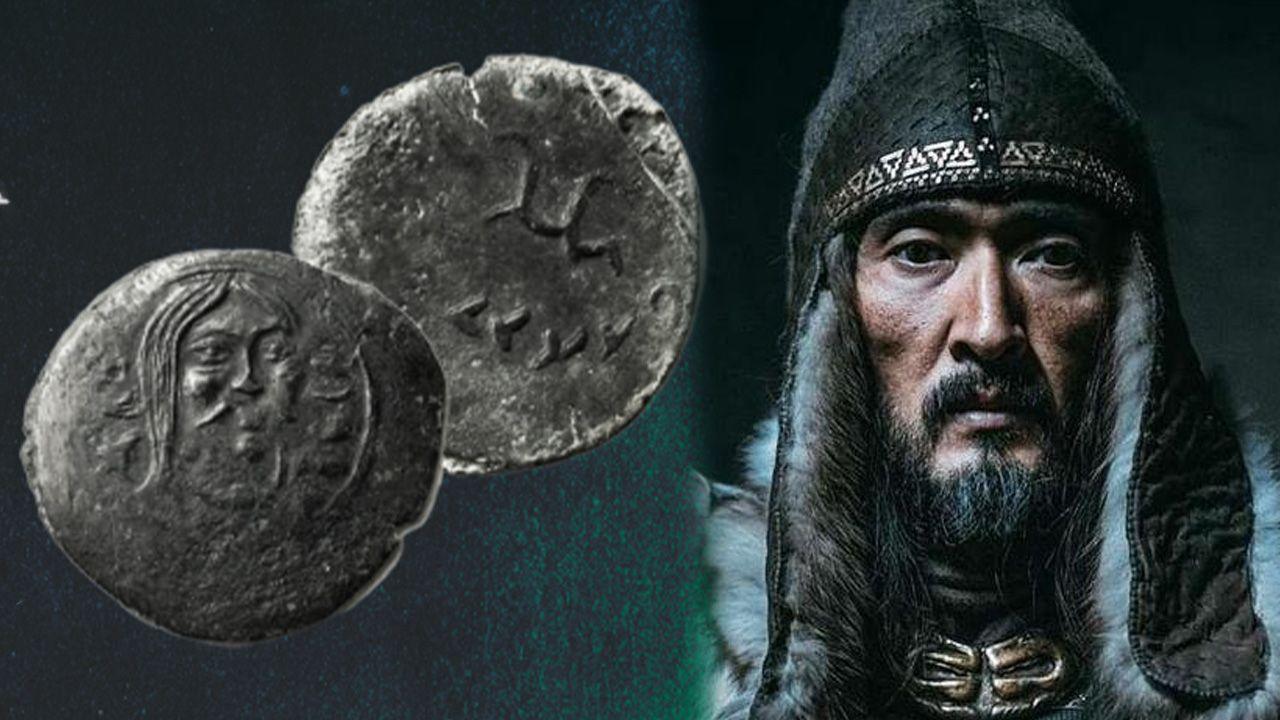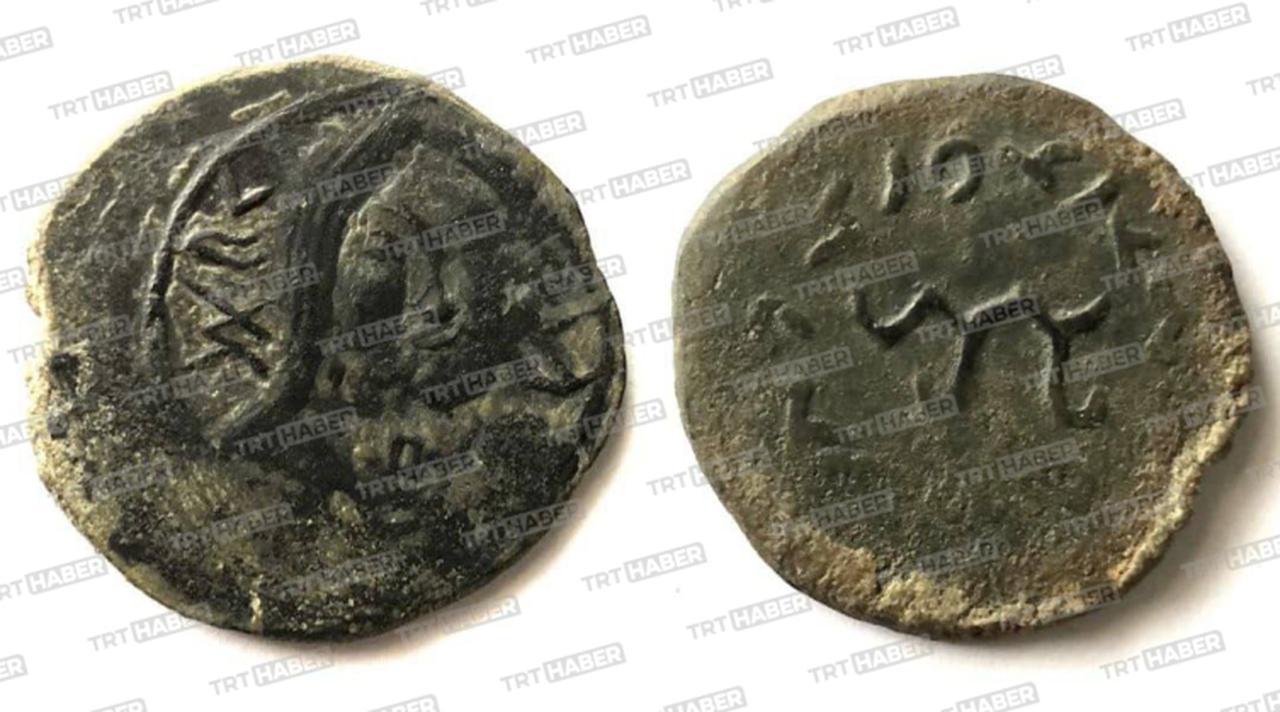
A remarkable archaeological discovery in Uzbekistan has the potential to alter the early history of Turkic civilization. A bronze coin believed to date back to the late sixth or early seventh century has been uncovered near Tashkent, inscribed with the words "Turk-Kagan"—a phrase never before seen on coinage from that era.
The coin is believed to be from the era of the Western Gokturk Khaganate and may predate previously known uses of the term “Turk” by over a century. The finding was shared exclusively with Türkiye’s national broadcaster TRT Haber by Professor Gaybulla Babayarov of the Uzbekistan Academy of Sciences.
According to Professor Babayarov, the coin was found among the remains of an ancient settlement near modern-day Tashkent, in the historic region of Cach. The coin features inscriptions in the Sogdian language, including the phrase "Turk-Kagan."
“This discovery provides not only linguistic but also political and ethnic evidence of an early Turkic identity,” said Babayarov. “This is the first time the term ‘Turk-Kagan’ has appeared on coinage, and it likely marks the earliest surviving physical mention of the word ‘Turk’.”
Over 20 coin types attributed to the Western Gokturk Khaganate have now been identified, with a few bearing titles such as Jabgu, Cabgu-Kagan, and Kagan. But two specific coins found in Tashkent include the uniquely significant term "Turk-Kagan", placing their origins between 580 and 610 A.D.
One of the most pressing questions around this discovery is who the coin belonged to. Professor Babayarov suggests it may have been minted under the authority of descendants of Istemi Kagan, one of the founding figures of the Western Gokturk Khaganate who governed parts of the Fergana Valley.
“The coin’s dating corresponds to the period just after the Gokturk state was established,” he explains. “It may well belong to a local branch of Istemi Kagan’s family, possibly one of his grandsons administering the Fergana region.”
The coin’s features—including its dimensions, metal content, and iconography—differentiate it from later Western Gokturk coins, marking it as a product of the earlier Yabgu period of governance before the Khaganate fully matured.

Until now, historians believed the earliest appearance of the term “Turk-Kagan” was in the Orkhon inscriptions erected in the early eighth century in Mongolia by Kultegin and Bilge Kagan. This new discovery predates those inscriptions by approximately 150 years.
“This coin offers the earliest tangible evidence of the ethnonym ‘Turk’,” Babayarov noted. “It may force us to reconsider the timeline of Turkic identity and its recorded use in political contexts.”
Previously, the Chinese had used phrases such as “Tu-jüe Ko-han” in their chronicles, which translates to “Turk-Kagan,” but this coin marks the earliest indigenous documentation.
One of the lasting implications of this coin is its impact on the prevailing academic narrative that the Gokturks were purely nomadic and therefore had little need for a coin-based economy.
“This discovery challenges the traditional image of the Gokturks as nomads. It shows they had urban settlements, a ruling elite, and even monetary circulation,” Babayarov explained.
The fact that similar coins have also been discovered recently in the Fergana Valley suggests a much wider regional influence of the Western Gokturk Khaganate and a more complex socio-economic structure than previously thought.
As more coins bearing similar inscriptions continue to surface in Central Asia, particularly around Tashkent and Fergana, the geographical spread and political organization of early Turkic states are being re-evaluated.